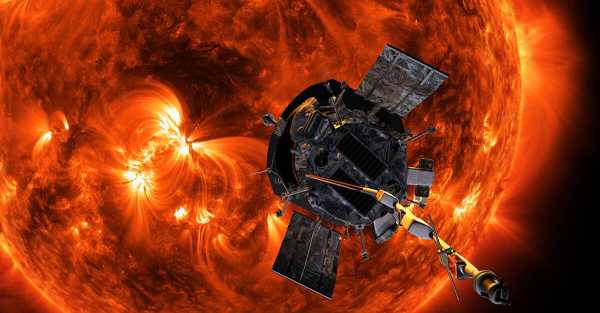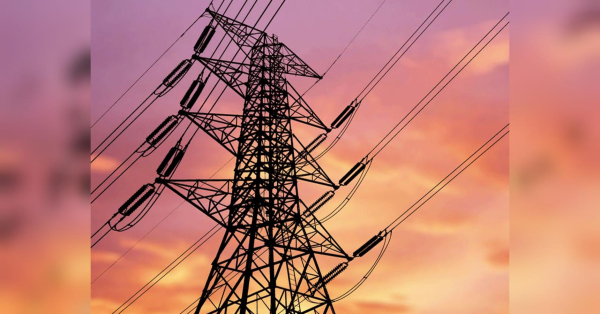
A Nasa spacecraft will attempt to make history on Christmas Eve with the closest-ever approach to the sun.
Moving at speeds of up to 430,000mph and enduring temperature of up to 982C, Nasa’s Parker Solar Probe is on a mission to “touch” the sun to help scientists better understand the star, according to the space agency’s website.
On December 24th, the probe will pass by the sun within a record-breaking 3.6 million miles above its surface.
In a video on X, Nasa’s science associate administrator Dr Nicky Fox, explained that the mission will help discover what drives solar activity and why the sun’s outer atmosphere, known as the corona, is hotter than its surface.
She said: “By flying extremely close to the sun, Parker Solar Probe can directly measure the solar wind near the source, and that will help us understand the origins of the solar wind and those intense bursts of energy that come from our sun.
“These insights are crucial for understanding what drives solar activity, which can affect technology on Earth, from satellites to power grids and even astronauts in space.
“By getting closer to the sun than ever before, Parker Solar Probe will reveal the secrets about our star that can help protect our technology and support our future exploration.”
During the approach, the spacecraft will be out of contact with the Earth because of constraints on signal transmission while it is in close proximity to the sun, meaning it will not be able to send a signal back to its operators until December 27th indicating its condition after the flyby.
In a separate video posted on X, Dr Fox said the Christmas Eve approach was a “yay, we did it!” moment.
She said: “Right now, Parker Solar Probe is flying closer to a star than anything has ever been before, and this is the orbit that we really designed the mission for.
“In 2018 we launched the mission, it seemed so far away – December 2024.
“All those things that have to happen, all of those other orbits, 21 orbits that had to just be flawless, and they were, and we’re here and it’s a just a total ‘yay we did it!’ moment.”
Since the spacecraft launched in 2018, it has circled gradually closer to the sun – flying past Venus in order to use the planet’s gravity to move it into a tighter orbit.
When it first passed into the sun’s atmosphere in 2021, the probe made unexpected discoveries about the boundary of the corona.
At the end of next January, scientists expect the spacecraft to begin to send back the data it collected on the Christmas Eve flyby.
Sourse: breakingnews.ie






